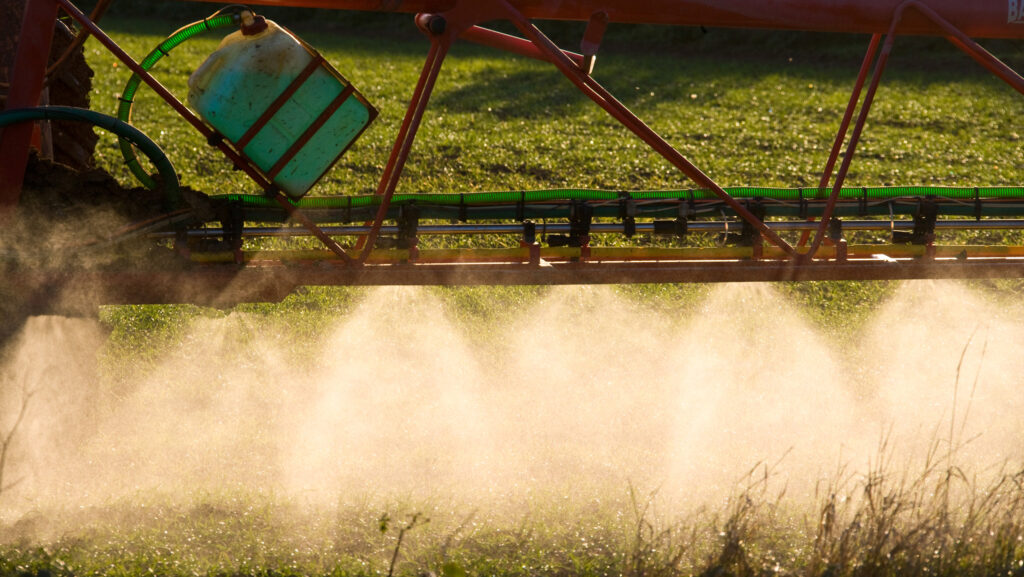Ag chem shortage puts pressure on arable farmers
 © Tim Scrivener
© Tim Scrivener More favourable weather this autumn has allowed drilling to progress well in most regions, with plantings ahead of this time last year across much of the UK.
However, as wheat drilling concludes, a lack of availability of certain crop protection products has created challenges for arable farm businesses.
Agronomists and suppliers say products containing the herbicide flufenacet are in particularly short supply this autumn.
See also: Crop Watch: High numbers of aphids, CSFB and gout fly
This may be in part due to an EU ban which was introduced in June 2025, subject to an 18-month grace period until December 2026.
This has resulted in both products containing Flufenacet and alternatives becoming highly sought after and difficult for farmers to get hold of.
Oxfordshire-based Orion Farming Group has reported high demand for Flufenacet products and potentially limited stock.
Some products are reportedly now completely out of stock, forcing buyers to switch brands or suppliers in order to fulfil orders.
Farmers Weekly, in collaboration with industry agronomists, produces a monthly price series covering key fungicides and herbicides used on farm.
Prices are collected from a minimum of eight different suppliers across the UK, offering farmers a reference point for comparing products and monitoring price trends over time.
The herbicide product Defy, which contains prosulfocarb, averaged £6.95/litre in October based on a typical pack size of 10 litres, up from £5.78/litre in October 2024, a 20% increase on the year.
However, overall prices for October are generally lower for crop protection products compared with the same month last year.
Figures show the average price of a generic 360g/litre glyphosate at £2.96/litre in October, up marginally on the previous month but still below year-earlier levels of £3.03/litre.
Simon Roberts, managing director at CCC Agronomy, said: “Autumn 2025 couldn’t be more different to 2024. By the end of the week, all the winter wheat will have been sown.
“Earlier drilling has meant that this autumn’s herbicide programmes have been designed for longevity by sequencing active ingredients.
“However, that is now shifting. Today, the approach is about prioritising the best actives where I know they will be applied.”
